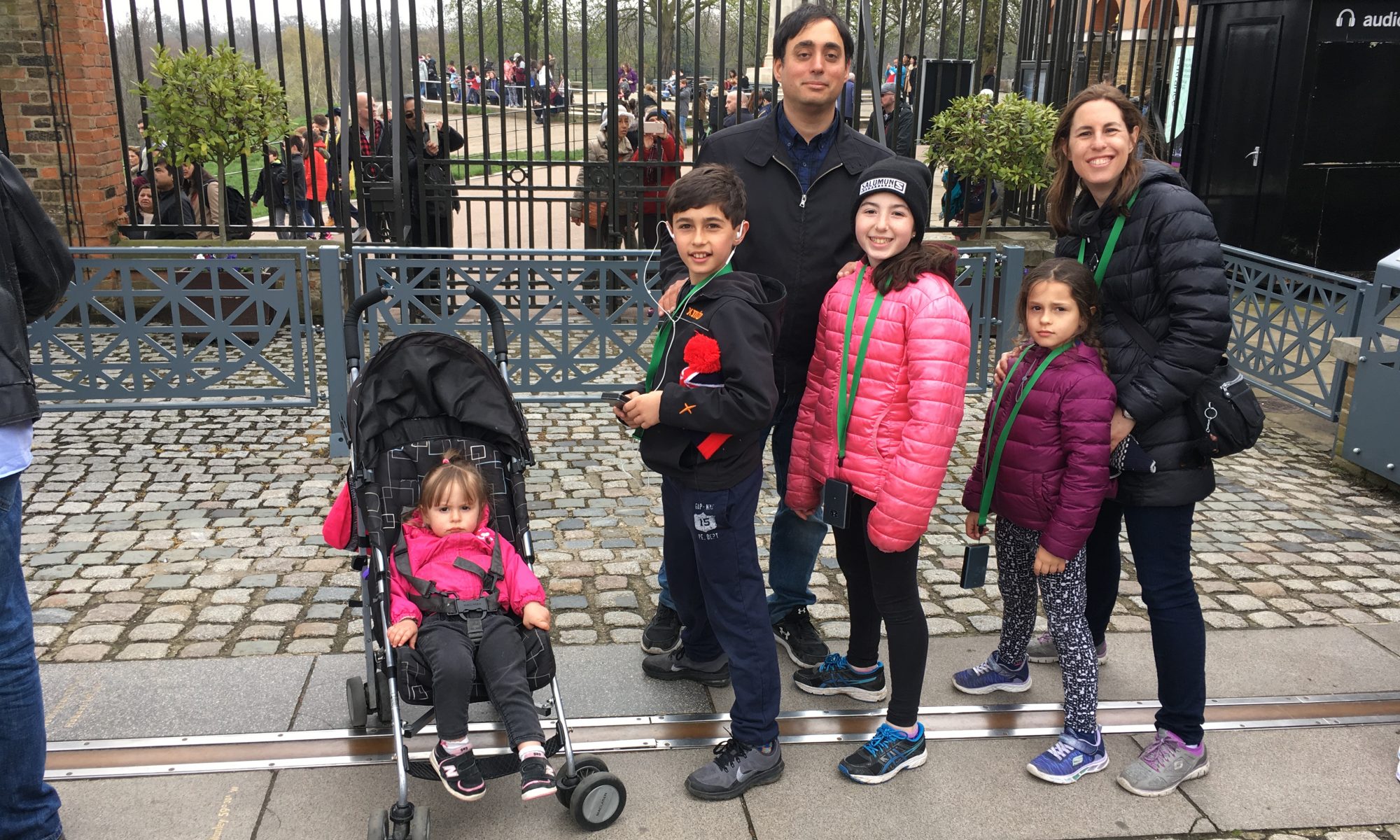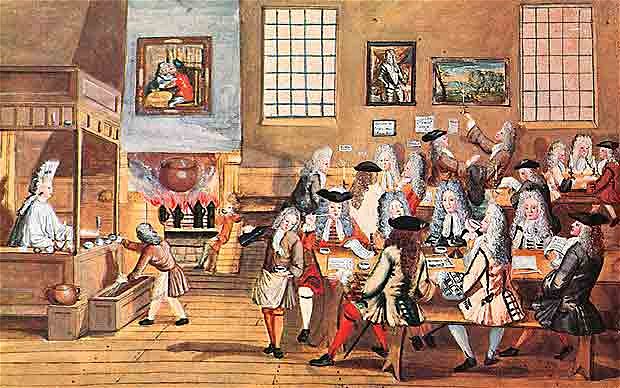I have been traveling to overseas destinations with my children since my eldest was just 17 days old. Some people think I am crazy. Others may be envious. And a few more have applauded me. Over the past eleven years I have traveled with my children all over the world, from New Zealand to France to Hawaii to Israel and many other points in between. This past week I added England to the list, or more specifically, London.
Traveling with children is not necessarily an easy thing to do, no matter the destination. Even in an English-speaking environment like London, with all the amenities I could ever want at my fingertips, we faced a few challenges. Over the past few days, as my family enjoyed a short stay in this fantastic city, I took mental notes about what to expect and what not to expect, and hopefully I can share some advice with others who are planning a trip with children to London.
Accommodations
London is a very expensive city, and a simple, clean, small hotel room in a central location can be expensive. I discovered the joys of Airbnb a few years ago, when we traveled to Rome, and I never looked back. For a reasonable amount of money (not cheap but fairly priced), a family can stay in an apartment (we booked a two-bedroom flat near Piccadilly Circus) that is spacious, has a kitchen and separate living area. You can save a bit of money if you book a space with no elevator. Grab some groceries at a local supermarket and enjoy breakfast before going out for the day. And you get a bit of a flavour of local London life too thrown in this way.
What to expect at an Airbnb: more space, great location, a more personal way to stay in an international city.
Don’t expect: a sterile, formal space. It is someone’s home. Treat it with respect.
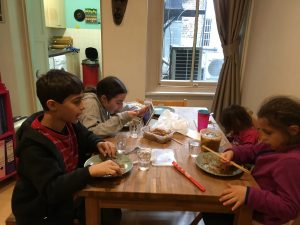
Food
You can find every kind of cuisine in London, and like the accommodations, it’s expensive. My children eat with their eyes and want everything they see. They eat two bites and suddenly they are full. So, I picked up fresh bread, cheerios, bananas, oranges, chips, and chocolate (Cadbury Dairy Milk of course) at the local supermarket and carried them with me all day. We snacked on everything from sandwiches and pasta to sushi and pizza throughout the day as well (which were partially consumed), but all the snacks were demolished. The kids asked for treats at every street corner, but we learned to say no. One could go bankrupt just buying food in London. Don’t fall into the I’m hungry trap with children. Throw them a banana and some chocolate and they will settle down.
What to expect when buying food: to see the same price you pay in dollars for basics, but you are paying in pounds (3 pounds for a latte? Yep, that’s almost 6 Canadian dollars).
What I didn’t expect: cheap groceries. Fresh baguette was only 9 pence (that’s about 17 cents!) at the end of the day, and it was good.
Transportation
Public transportation is world class in London, but for an outsider it can seem confusing. When I first did a Google search on the topic I was overwhelmed. There’s the Underground, DLR, trains and buses. Don’t forget the famous black taxi, and Uber has arrived too. I can’t bear to spend fortunes to travel from the airport to my accommodations or to sight see, and I highly recommend using public transit. You can buy an Oyster Card at Heathrow airport (card has a five-pound deposit which you can get refunded at a machine when you leave), or tap your credit card to enter public transit as well.
I won’t go into all the details of how to use the system, but I will just say it’s efficient, it’s cheap and the kids love it. My kids could have spent a whole afternoon riding on the top floor, at the front, of a double decker bus and been happy. Don’t panic when you see the many transit options. Do your research and it will make sense.
What to expect when traveling around London: A tube station every few blocks and more double decker buses than cars downtown.
What I didn’t expect: kids under 11 travel free on the Underground, light rail and buses.
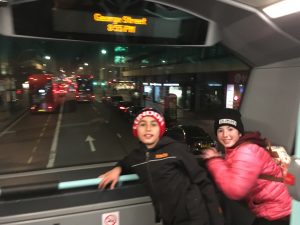
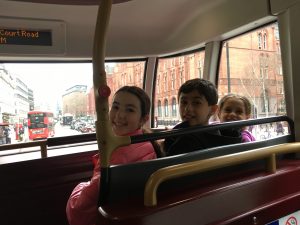
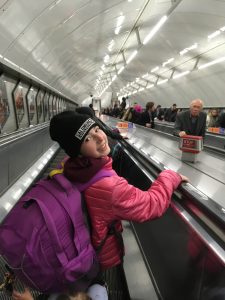
Sight Seeing
There are so many things to do and places to see in London, depending on your own personal preferences. My kids are like border collies and need a daily run. Like I did in Israel, I stood by my mantra to Keep It Simple Stupid. While the museums are incredible and I personally could spend hours at the British Museum or Victoria and Albert Museum, children don’t always have endless patience (or stamina). The torture chamber and historical re-enactment of a siege was a hit at the Tower of London as was our afternoon in Greenwich, where they could stand on Earth’s Prime Meridian (longitude is 0 degrees, so cool) and run up and down the deck of the famous Cutty Sark sailing ship.
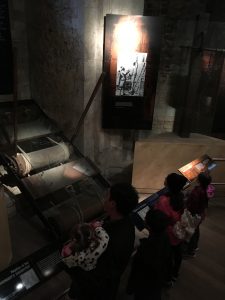
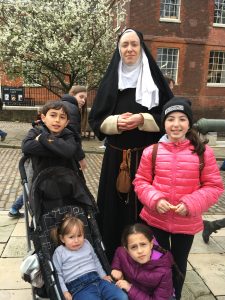
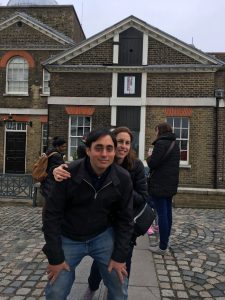
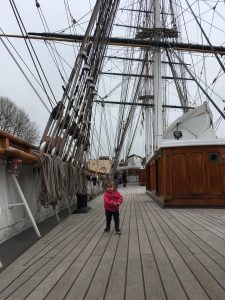
For me, the best part of traveling to a city like London is walking the streets and soaking up the local culture. We walked and walked, well over 20,000 steps each day. We walked past Westminster and Big Ben, London Bridge, the London Monument and St Paul’s Cathedral. Trafalgar Square. Through famous historical neighbourhoods And of course over to Buckingham Palace.
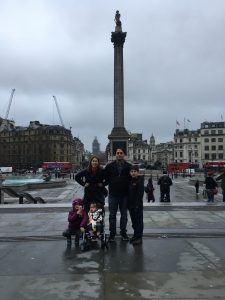
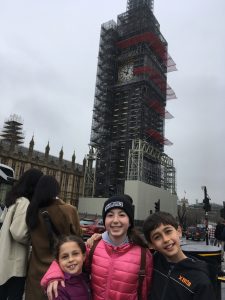
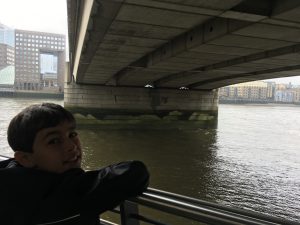
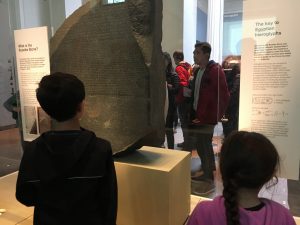
I could write a whole post just about the Changing of the Guard at Buckingham Palace. Surrounded by thousands of people, many of them crammed together to get a good view, it was a bit underwhelming. You need to arrive at least 30-45 minutes in advance to secure a decent viewing point, and we chose the top steps of the statue of Queen Victoria (but don’t sit on the top of the statue, Queen Elizabeth doesn’t like that). A bit of advice: the ceremony begins at 11 am and continues for a half hour. Start walking away, towards the Wellington Barracks, at 11:20 am. The path to those barracks is quiet, and the “old guard” walk this route at 11:30. They march right past you and the band keeps playing. The kids were thrilled to see the famous guards up close.
What to expect at the changing of the guard: big crowds, aggressive people
What I didn’t expect: the band played a selection of ABBA. And it was great!
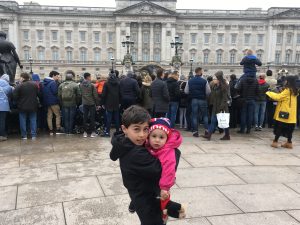
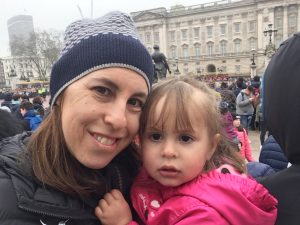

And here is a little more advice:
DO:
- Wear a pair of comfortable shoes, a warm jacket (like a packable down) and carry an umbrella. The weather changes like my kids’ moods.
- Take a boat ride on the Thames. We used the MBNA Thames Clipper and loved it.
- Buy tickets to attractions in advance on the internet. No line to enter (they will scan a bar code on your phone) and it’s about 20% cheaper online.
- Stay in a central location, on the Piccadilly Line. Why? Heathrow airport is on that Underground (subway/metro) line and it’s so convenient (and cheap) to take the tube to and from the airport and your accommodation.
- Check out the seemingly endless choice of Cadbury chocolate, at supermarkets and convenience stores. I have no self-control.
- If you love the theatre, buy your tickets online in advance. Unlike New York, where there is a plethora of discounted shows through TKTS, there are few day-of deals in the London West End. Like everything else in this city, theatre is expensive.
- Remember that they drive on the left side of the road. Look down before you cross the street – and read if you should look left or right.
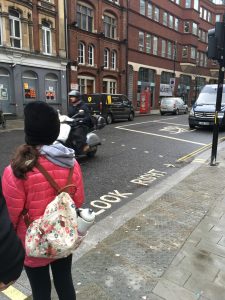
DON’T
- Choose an Airbnb above a bar or night club or on a street with a busy night life if you don’t like noise or the kids go to sleep early. Our place was great, but it was a bit noisy.
- Stand at the front, right at the gates, of Buckingham Palace, for changing of the guard. You see much less and you are stuck there for the whole ceremony.
- Let a little rain or dampness stop you. That’s what London is all about. Take it in stride.
- Waste your money and time in a long line to see either Madame Tussaud wax museum or the London Eye. These are overpriced tourist traps. There are so many better things to do.
- Buy souvenirs at one of the many stores that line the streets of the city. You can snag a deal at a stand on the street or sometimes pick up a quality, more personal item, at an attraction’s gift shop.
- Only travel around by public transit (or taxi). Get out and walk. London is a flat, easy-to-navigate city. Most of the best attractions are a short walk from each other.
London is a great city, and I look forward to returning there with my children someday. Our visit was too short, as we only had two full days to explore. We covered a lot of ground, ate some good local food (okay, we ate a lot of Cadbury chocolate) and even spent an evening with my cousin, Jacob. It’s loud, lively and expensive. And I loved it.

